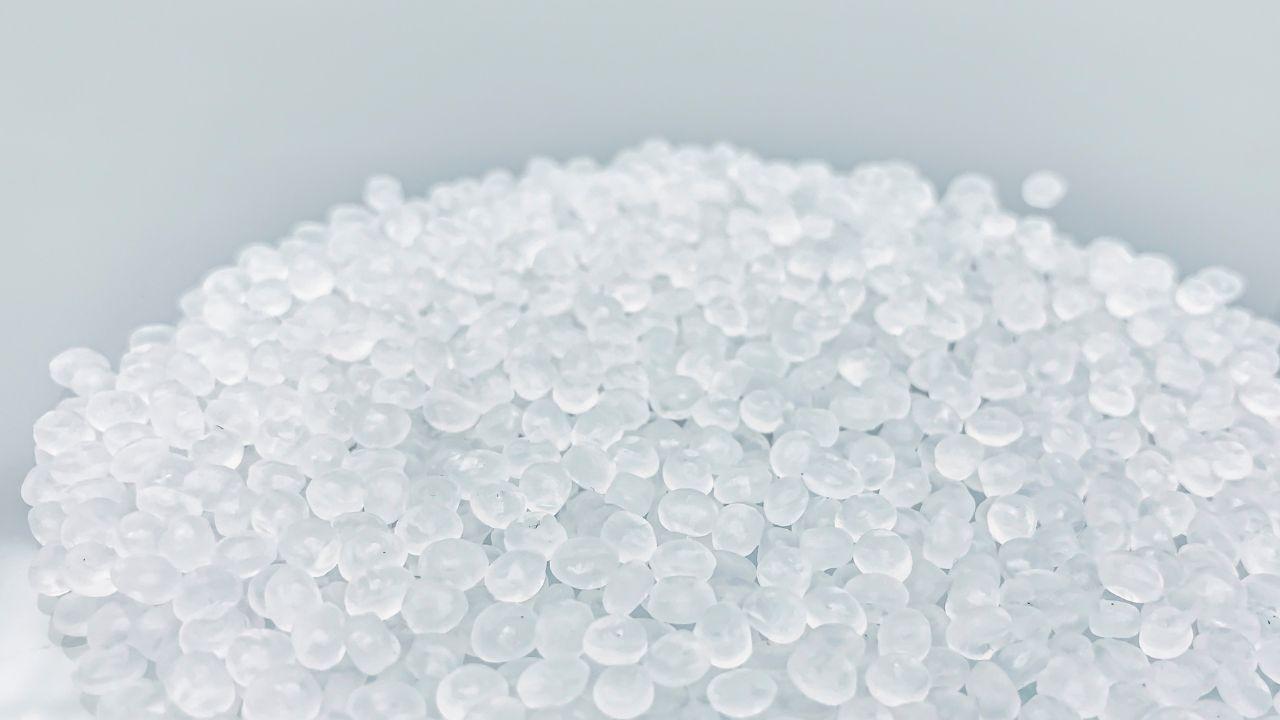Exploring the Polypropylene Market Growth: Trends, Innovations, and Industry Dynamics

The global polypropylene market size was at around 90.32 MMT in 2024. It is projected to expand at a compound annual growth rate (CAGR) of 4.50% from 2025 to 2034, reaching a volume of 140.26 MMT by 2034. This impressive growth trajectory highlights the expanding utility and demand for polypropylene (PP) across a wide array of industries, including automotive, packaging, and building & construction. The market's resilience, even after the disruptions caused by the COVID-19 pandemic, underscores its importance as a critical material in global industrial and manufacturing ecosystems.
The Rising Demand for Polypropylene
Polypropylene, a thermoplastic polymer used in a wide range of applications, has emerged as one of the most versatile and widely consumed plastics in the world. Its ability to be molded into various forms and resistance to chemical and physical wear makes it an essential material across multiple industries.
One of the primary drivers of polypropylene demand is its cost-effectiveness combined with performance efficiency. PP is lightweight, resistant to moisture, fatigue, and many chemicals, making it ideal for both consumer products and industrial applications. As economies expand and industrial output increases globally, the demand for high-performance, adaptable, and cost-efficient materials like polypropylene continues to grow.
Automotive Industry: A Shift Towards Lightweight and Sustainable Materials
The automotive sector has seen a significant transformation in the last decade, driven by sustainability goals, fuel efficiency targets, and evolving consumer preferences. Polypropylene has played a vital role in enabling these changes.
Automakers are increasingly adopting PP-based components to reduce vehicle weight, which in turn improves fuel economy and reduces emissions. PP is now used in dashboards, bumpers, door panels, and interior trim parts. In July 2024, Borealis, a global chemical and plastics manufacturer, introduced Borcycle GD3600SY, a game-changing innovation in the field.
This glass-fiber reinforced PP compound contains 65% post-consumer recycled (PCR) polymer, making it not only functional but also environmentally responsible. As part of the Borcycle M range, this product will be used first in Peugeot 3008’s center console carriers, demonstrating a direct application in sustainable automotive production. This move exemplifies the growing commitment of the automotive industry toward circular economy models and greener manufacturing practices.
The integration of recycled content in critical vehicle components shows how PP is not only valuable from a performance standpoint but also pivotal in achieving ESG (Environmental, Social, and Governance) goals for manufacturers.
Packaging: Durability and Flexibility Driving Growth
Packaging remains one of the largest and most consistent demand sectors for polypropylene. With the continued boom in e-commerce, food delivery services, and consumer goods, the need for durable, lightweight, and cost-effective packaging materials has skyrocketed.
PP’s clarity, moisture resistance, and ability to form rigid and flexible packaging formats make it a preferred choice for both rigid containers and flexible films. From food packaging to medical containers, polypropylene delivers performance, hygiene, and efficiency at scale.
Moreover, the industry is witnessing growing consumer awareness about sustainable packaging, prompting manufacturers to explore recyclable and reusable options. Polypropylene is well-suited for these innovations, and ongoing research is aimed at increasing the recyclability of PP-based materials.
Building & Construction: Structural Versatility and Performance
In the building and construction industry, polypropylene has carved out a solid niche owing to its strength, weather resistance, and versatility. It is used in piping systems, insulation materials, cladding panels, and even furniture components.
Construction applications benefit from PP’s ability to withstand harsh environmental conditions and chemical exposure. Its long lifecycle and resistance to corrosion make it ideal for use in infrastructure and residential projects. As developing countries ramp up infrastructure development and urbanization intensifies, the use of polypropylene in construction materials is expected to continue its upward trend.
The material’s adaptability means it can be easily integrated into prefabricated building materials and components, contributing to the growth of modular construction techniques globally.
The Impact of COVID-19 on Supply Chains
Like most sectors, the polypropylene market experienced disruptions during the COVID-19 pandemic. Shutdowns, reduced industrial activity, and supply chain constraints had a ripple effect on production and demand.
However, the market displayed considerable resilience. With recovery underway, particularly in Asia-Pacific and North America, demand has rebounded strongly. The reconfiguration of supply chains, localization of production, and the growing emphasis on stockpiling essential materials have reshaped how the industry operates.
Manufacturers are now investing in more robust and flexible supply chain models to mitigate risks and ensure continuity of supply. This is expected to stabilize the market further and support long-term growth.
Sustainability and Innovation: The Future of Polypropylene
As environmental concerns rise globally, sustainability is becoming central to the polypropylene industry’s future strategy. Companies are investing in R&D to develop bio-based PP, improve recyclability, and minimize waste during production.
Technological advancements such as chemical recycling, which breaks down polymers into their monomers for re-use, are gaining traction. This could close the loop for PP products and significantly reduce plastic waste.
Furthermore, industry collaboration is on the rise, with cross-sector partnerships aimed at improving collection, sorting, and processing of polypropylene waste. These efforts are essential in helping meet international sustainability goals and consumer expectations.
Regional Trends and Outlook
The Asia-Pacific region continues to dominate the global polypropylene market, accounting for the highest consumption levels, primarily driven by China and India. Rapid industrialization, urbanization, and a growing middle-class population contribute significantly to regional demand.
North America and Europe also represent significant markets, with strong demand from automotive and packaging sectors. These regions are at the forefront of sustainable innovation and recycling initiatives, further influencing global market dynamics.
Meanwhile, the Middle East is emerging as a key production hub, thanks to its access to raw materials and energy resources, enabling cost-effective large-scale production of polypropylene.
- Art
- Causes
- Crafts
- Dance
- Drinks
- Film
- Fitness
- Food
- Jogos
- Gardening
- Health
- Início
- Literature
- Music
- Networking
- Outro
- Party
- Religion
- Shopping
- Sports
- Theater
- Wellness


